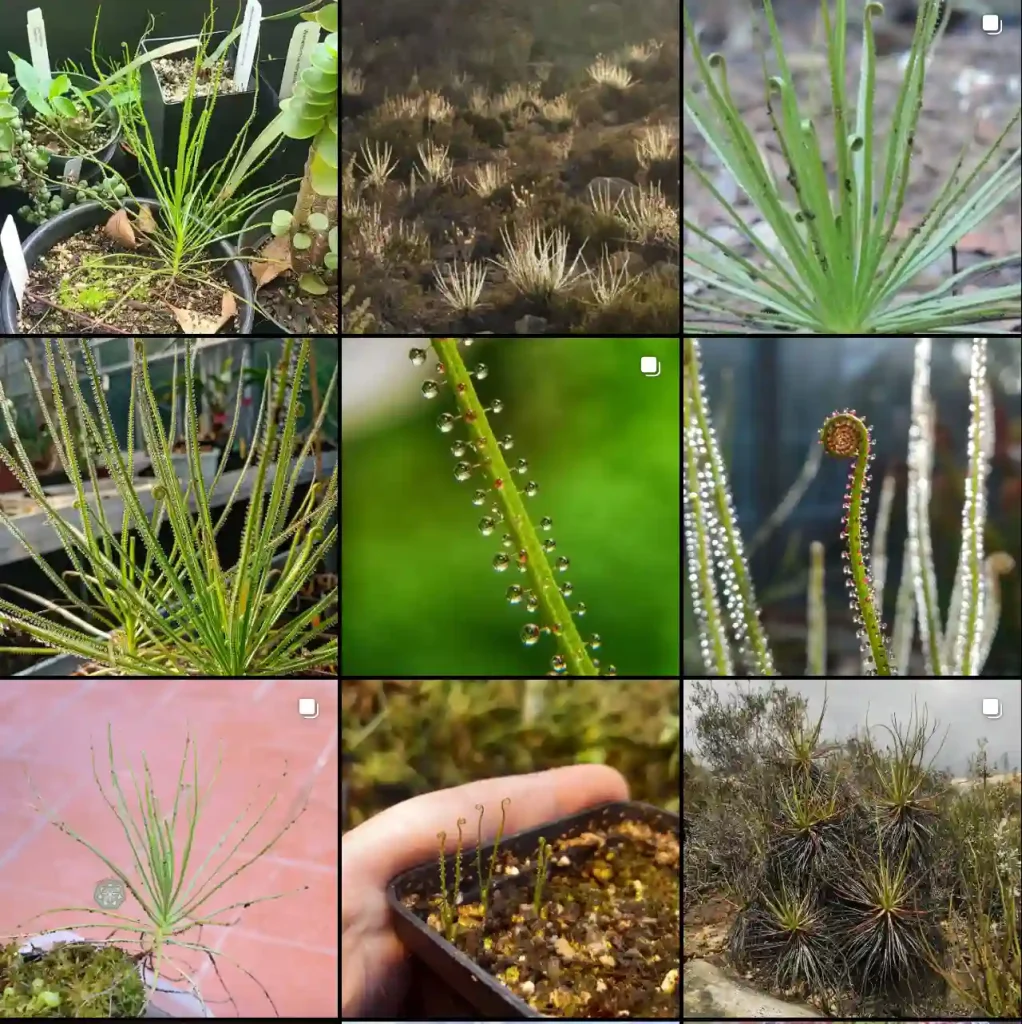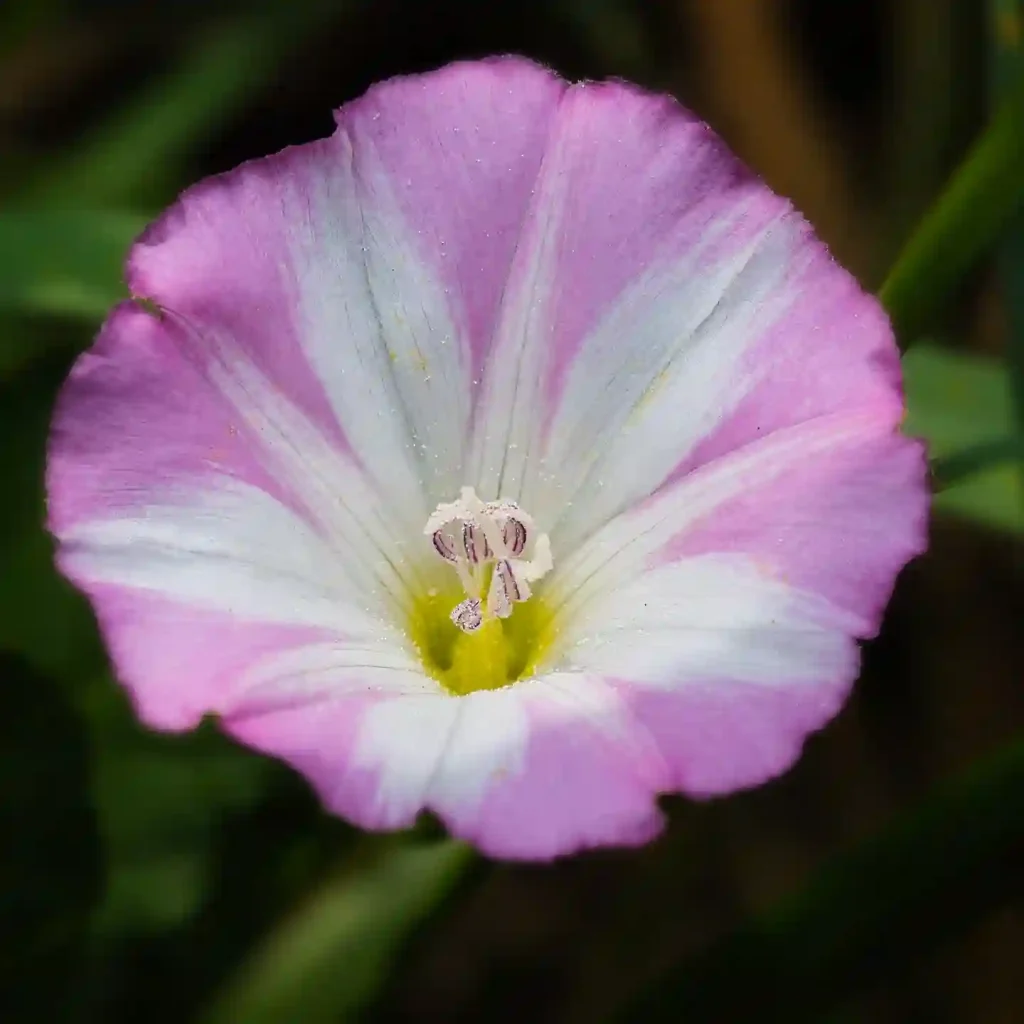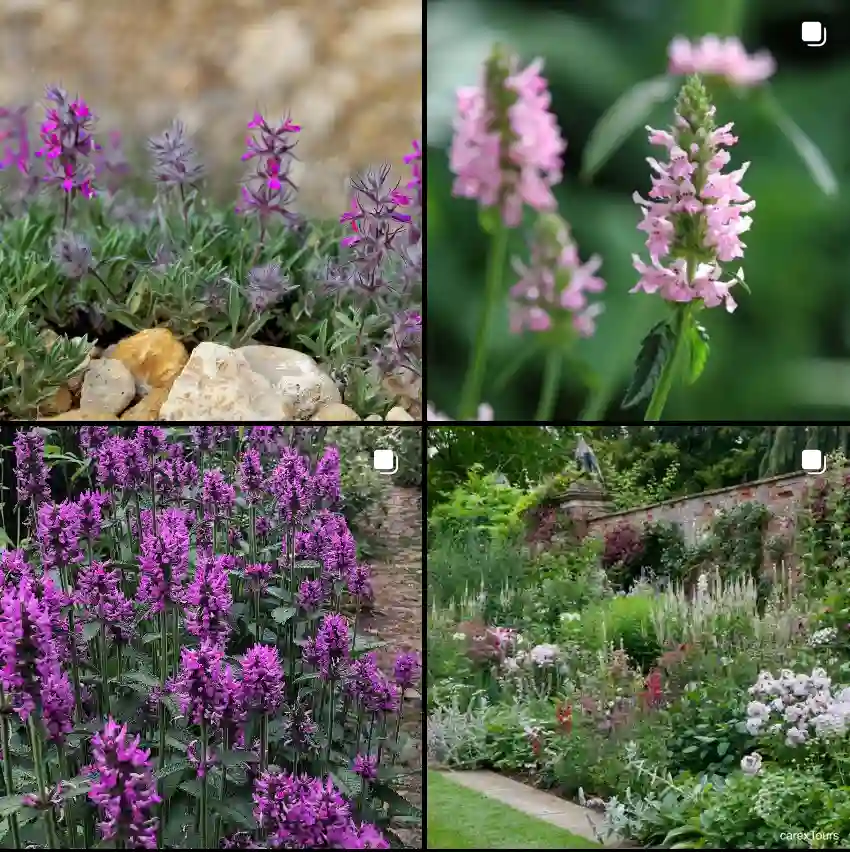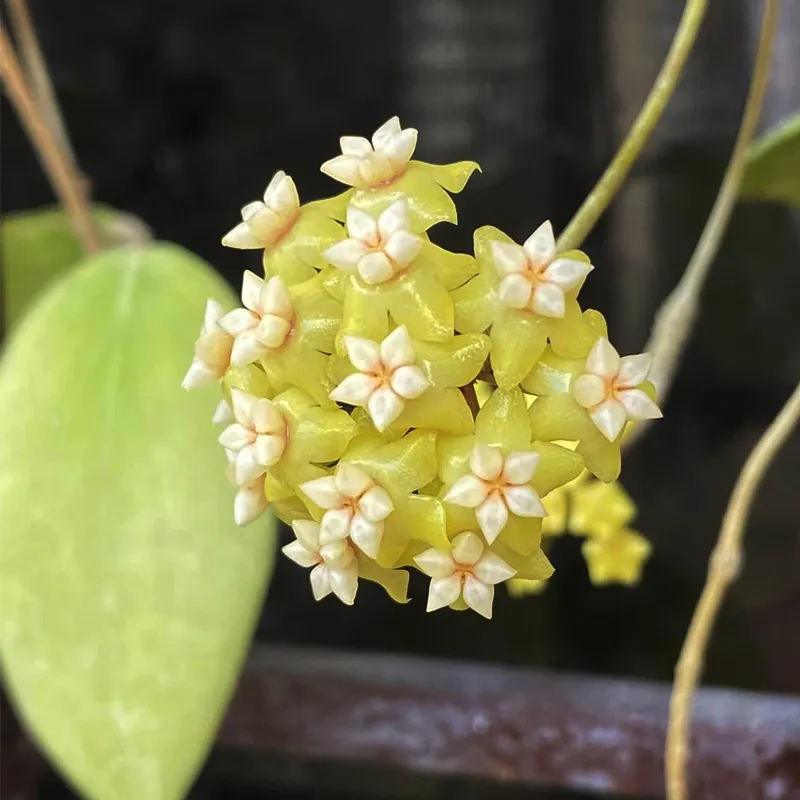What Is Acer Spicatum?
Acer Spicatum, commonly known as Mountain Maple, is a small, deciduous tree or shrub native to North America. It is known for its attractive foliage, which changes color in the fall, and its adaptability to various soil types. The Mountain Maple typically grows to a height of 10 to 20 feet and is admired for its elegant, rounded leaves and striking autumn hues.
168 Species in Genus Acer – Maple Tree
Where Is Acer Spicatum Native To?
Acer Spicatum is native to the northeastern regions of North America. You can find it in the wild from Quebec and Ontario down through the northeastern United States, including New England and parts of the Appalachian region. It thrives in the cool, temperate climates of these areas, often growing in mixed woodlands and mountainous regions.
How to Care for Acer Spicatum?
Caring for Acer Spicatum is relatively straightforward. Here are some key tips:
- Sunlight: It prefers partial shade to full sun. In hotter climates, some afternoon shade can help protect it from leaf scorch.
- Soil: It thrives in well-drained, moist soils but is adaptable to a range of soil types, including acidic and alkaline soils.
- Watering: Regular watering is essential, especially during dry periods. However, ensure that the soil is not waterlogged.
- Pruning: Minimal pruning is needed. Remove any dead or damaged branches in late winter or early spring to maintain its shape and health.
How to Propagate Acer Spicatum?
Propagating Acer Spicatum can be done through several methods:
- Seed: Collect seeds in the fall and stratify them (cold treatment) for a few months before sowing in spring. This process mimics natural winter conditions.
- Cuttings: Softwood cuttings taken in early summer can be rooted in a moist, well-draining medium. Use rooting hormone to increase the success rate.
- Grafting: For more controlled propagation, grafting a cutting onto a rootstock can be effective, especially if you want to ensure specific characteristics.
What to Plant With Acer Spicatum?
Acer Spicatum pairs well with a variety of other plants, creating a beautiful and harmonious garden:
- Understory Plants: Consider planting shade-tolerant perennials like Hostas or Ferns around its base.
- Companion Trees: It works well with other native trees like Eastern Redbud or American Hornbeam, which can provide a complementary canopy.
- Ground Cover: Use ground covers such as Creeping Juniper or Wintergreen to help suppress weeds and retain soil moisture.
Can You Grow Acer Spicatum Indoors?
Growing Acer Spicatum indoors is generally not recommended. It is a plant that thrives in outdoor environments where it can benefit from natural light and space. Indoor conditions may not provide the necessary light levels or temperature fluctuations required for its growth and development.
Is Acer Spicatum Toxic?
No, Acer Spicatum is not known to be toxic to humans or animals. However, as with many plants, it’s always wise to prevent pets and children from chewing on any part of the plant to avoid any potential issues.
Benefits of Acer Spicatum
Acer Spicatum offers several benefits:
- Aesthetic Appeal: Its vibrant fall color makes it a standout in any landscape.
- Wildlife: Provides food and shelter for various wildlife species.
- Shade: Can be used to create a shaded area in your garden.
Common Problems with Acer Spicatum
While Acer Spicatum is generally hardy, it can face a few issues:
- Pests: Look out for aphids and scale insects, which can occasionally infest the plant.
- Diseases: It can be susceptible to fungal diseases like powdery mildew if grown in overly damp conditions.
- Environmental Stress: High heat or drought conditions can stress the plant, leading to leaf drop or scorch.
Compare Acer Spicatum with Similar Species
Acer Spicatum is sometimes confused with other maple species like Acer Pensylvanicum (Striped Maple) or Acer Rubrum (Red Maple). Here’s how they differ:
- Acer Pensylvanicum: Known for its distinctive green and white striped bark and typically has a lower growth habit.
- Acer Rubrum: Larger and faster-growing, with bright red flowers and leaves that turn red in the fall.
Conclusion
Acer Spicatum, or Mountain Maple, is a versatile and attractive choice for garden enthusiasts looking to add a touch of native charm to their landscapes. With its adaptability and striking seasonal changes, it can enhance any outdoor space. Proper care and understanding of its requirements will ensure it thrives and adds beauty to your garden for years to come.
If i die, water my plants!



